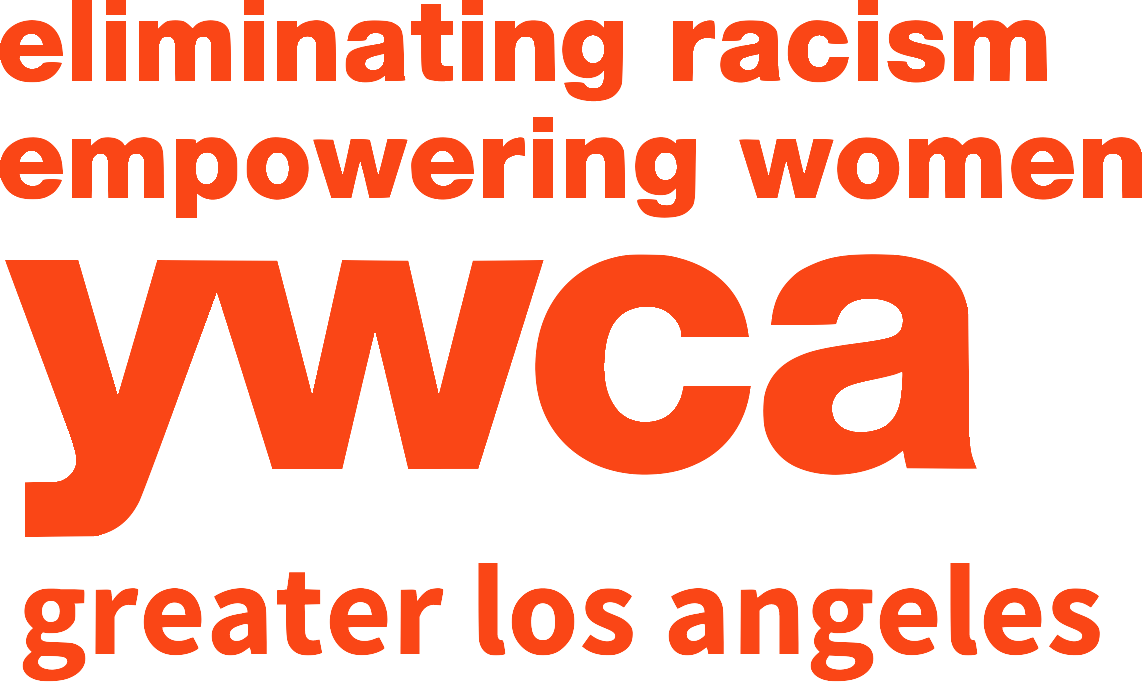Innovative Approaches to Child Development: Integrating Real-World Experiences
Early childhood is a remarkable period of rapid growth and discovery. It’s when young minds expand, creativity blossoms, and the foundation for future learning is set. But how do we, as parents, educators, and advocates, ensure we’re fostering a truly enriching environment for children?
The answer lies in experiential learning—a hands-on approach to education that engages children directly with the world around them. Take, for example, a visit to an aquarium; it goes beyond storytelling or pictures by letting a child see, touch, and learn from real marine life. These authentic experiences create meaningful connections between lessons and the real world, unlocking curiosity and fostering a deep love of learning.
This blog explores innovative ways to integrate real-world experiences into early childhood education, focusing on the tremendous potential of experiential learning to enhance development and build a brighter future for children.
What is Experiential Learning?
Experiential learning is the process of learning through direct engagement and reflection. Unlike traditional approaches that are heavily lecture-based, this method allows children to learn by doing, exploring, and relating classroom lessons to tangible experiences.
For young children, this might include activities such as observing marine animals at an aquarium, planting a garden, or cooking a simple recipe. These moments deliver engagement that extends far beyond worksheets or screen-based interactions.
Why Experiential Learning Matters
1. Encourages Critical Thinking
When a child learns about ocean ecosystems through an aquarium visit, they are naturally prompted to ask questions—Why is this fish brightly colored? How does coral grow? Experiential learning stimulates critical thinking by encouraging children to observe, inquire, and draw conclusions independently.
2. Boosts Empathy and Connection
Real-world experiences expose children to cultures, communities, and environments that they might not encounter otherwise. For example, a visit to a local farm can teach not just where food comes from, but also respect for farmers and animals. Empathy flourishes when children connect emotionally to the world outside their immediate spheres.
3. Builds Social Skills
Field trips and hands-on projects require collaboration, whether with classmates, family, or guides at a museum. These situations develop communication, cooperation, and problem-solving abilities—essential skills that benefit children in both school and life.
The Role of Parents and Educators
Bringing real-world experiences into a child’s life is a shared responsibility between parents and educators. Together, we can curate opportunities that align with a child’s developmental stage and interests.
Parents
Take your child to community spaces like farm-to-market fairs or science centers.
Engage in family activities such as hiking, visiting cultural events, or volunteering.
Be present—ask questions and encourage reflection after each experience.
Educators
Incorporate experiential learning opportunities into lesson plans, such as organizing a nature walk to tie into a biology module.
Collaborate with local organizations such as libraries, zoos, and conservation centers for tailored experiences.
Encourage open-ended discussions and activities that help students process what they’ve learned.
Practical Tips for Integrating Experiential Learning
Here are some simple ways to weave this effective approach into both the classroom and home life.
1. Start Small with Local Opportunities
Local resources often provide the easiest access to experiential learning. A nearby museum, historical site, or even a public park can serve as an educational playground.
2. Develop a Thematic Approach
Create themes that relate to a child’s curriculum or interests. For instance, a lesson on “Living Things” can be paired with trips to nature reserves or aquariums.
3. Don’t Forget Reflection
Encourage children to share their thoughts post-activity. Simply asking "What surprised you the most?" or "How did it make you feel?" helps solidify what they’ve learned. Journals, drawings, and storytelling can also be great reflection tools for younger children.
4. Bring Experiences to the Classroom
Sometimes, real-world experiences can come to the child. Guest speakers such as firefighters, chefs, or scientists can demonstrate their expertise and passion, linking lessons to real-world careers.
The Future of Experiential Learning
New technologies like virtual reality (VR) and augmented reality (AR) are set to revolutionize experiential learning. Imagine a classroom where students can “dive” into the ocean to explore coral reefs, or “visit” ancient civilizations without leaving their school. These advances will broaden access and enhance immersive learning opportunities.
But technology should complement—not replace—physical experiences. A balance between digital tools and tangible, real-world interactions creates a rich, multifaceted approach to education.
Empowering the Next Generation
Integrating real-world experiences into early childhood education isn’t just a method—it’s a commitment to holistic child development. By giving children the tools to observe, question, and interact with the world, we prepare them to lead with curiosity, empathy, and courage.
At YWCA Greater Los Angeles, we passionately believe in equitable opportunities for early childhood education. Through our Early Child Development Programs, we empower young minds with a foundation for future success.
To support your efforts in integrating meaningful experiences into the lives of your children or students, explore our programs or connect with our team for guidance. Together, we can create a world where every child thrives.


